Featured Plants from the Washington Park Arboretum
1) Cedrus libani ‘Nana’ Dwarf Cedar of Lebanon
|
|
|
- Cedar of Lebanon forests once covered vast areas of the eastern Mediterranean, but 5,000 years of human impacts have left wild populations restricted to mountainous regions of Turkey, Syria, and Lebanon.
- The resin from the Cedrus libani was used by Egyptians for embalming their dead.
- This dwarf cultivar usually grows to about 15 feet tall and wide, while the species can reach over 100 feet tall.
- You can find a beautiful specimen, planted in 1938, at the southern intersection of Arboretum Drive and the Arboretum Loop Trail.
2) Araucaria araucana Monkey Puzzle Tree
|
|
|
- The Monkey Puzzle Tree likely evolved its impressive spiny leaves as a defense against herbivorous dinosaurs.
- The seeds of the female tree are an important cultural food source for indigenous Mapuche tribes in Chile and Argentina. The seeds are similar to pine nuts and are roasted or fermented before consumption.
- Seeds are largely dispersed by rodents, especially the long-haired grass mouse, which caches them whole in areas suitable for germination.
- You can find several young Monkey Puzzle trees in the Chilean sections of the Pacific Connections Garden, as well as a couple in the Pinetum.
3) Umbellularia californica California Bay Laurel
|
|
|
- Endemic to California and southern Oregon, this is the sole species in the genus Umbellularia and can grow up to 90 feet high.
- Karok, Pomo, Kashaya, Yuki, and Mendocino tribes in California use the plant for medicinal purposes, especially for skin, gastrointestinal, and respiratory ailments.
- Recent studies suggest that the anti-bacterial compounds in Umbellularia californica may be effective against antibiotic resistant strains of infection such as MRSA.
- A large specimen can be found near parking lot #7.
4) Polypodium glycyrrhiza Licorice Fern
|
|
|
- The first rains of Fall bring to life the verdant fronds of the Licorice Fern, which goes dormant in our hot and dry summer months.
- An epiphyte, this fern often grows on living trees, but provides its own nutrients.
- Licorice ferns flourish in the moist environments along the coast of the Pacific from Alaska down to California.
- The common name refers to the sweet taste of the rhizomes.
- You can find Polypodium glycyrrhiza growing on many of our native Big Leaf Maple trees and also in the Cascadia Entry Garden.
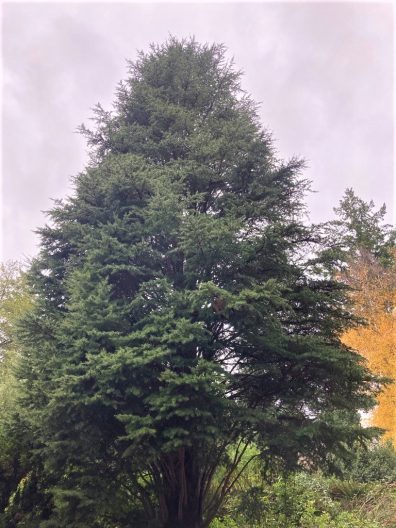
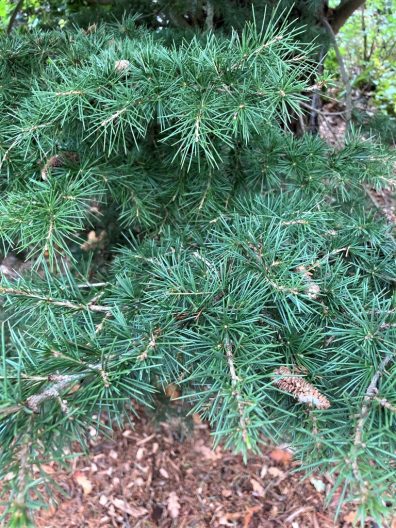


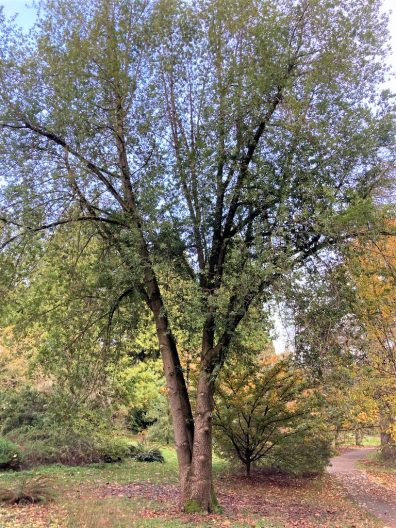
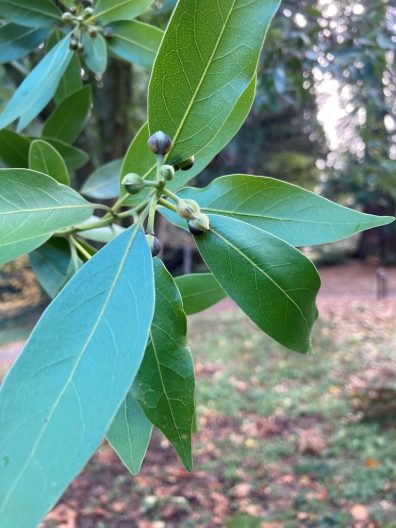
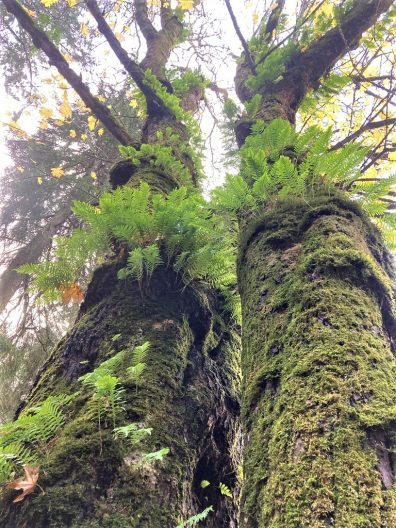
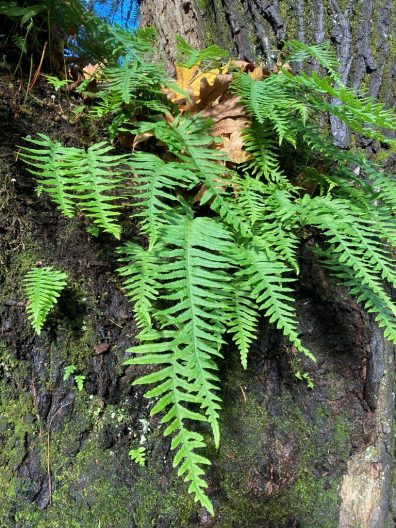
I love it!
Very helpful info – thanks!